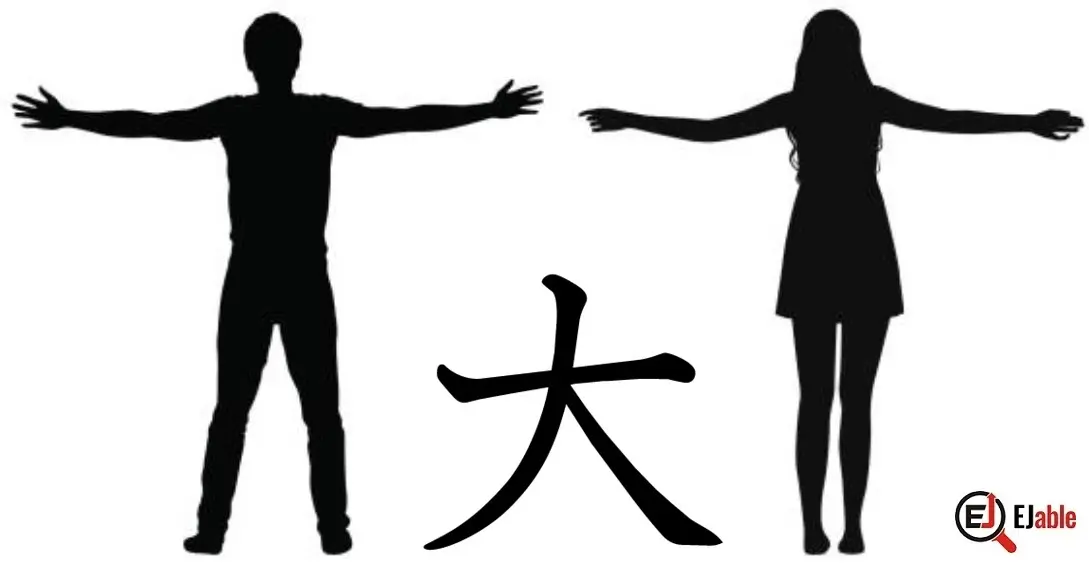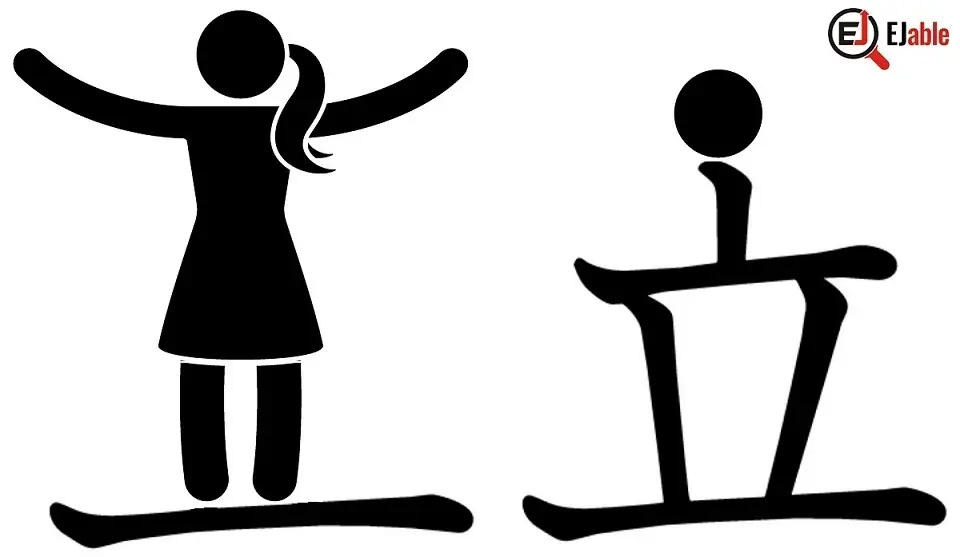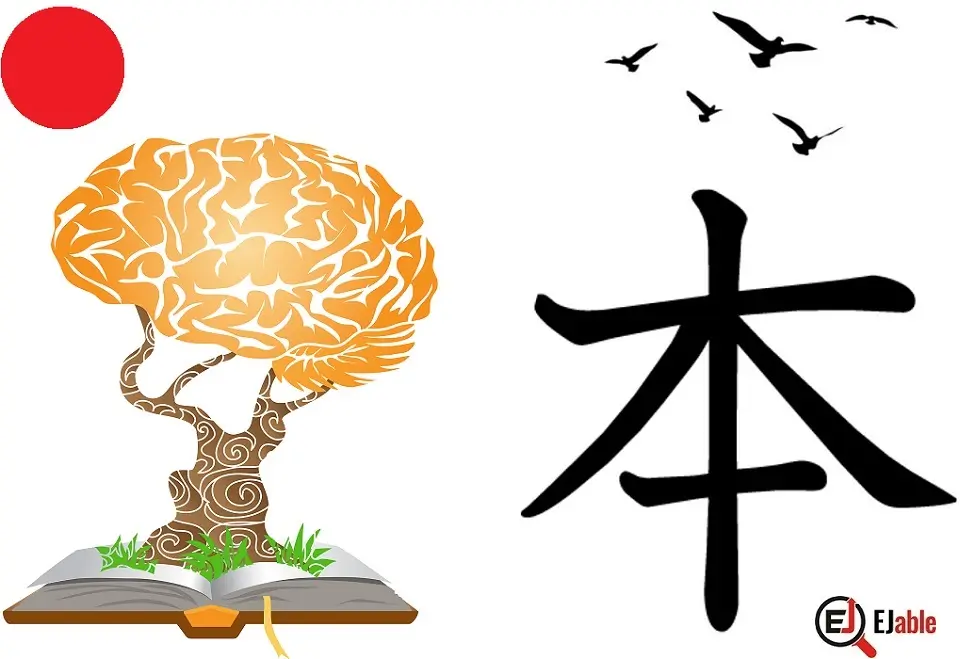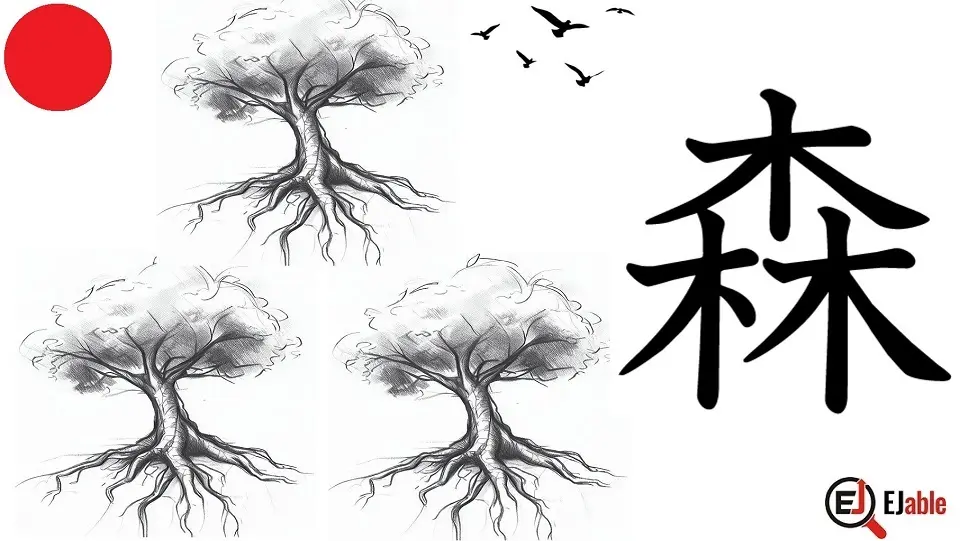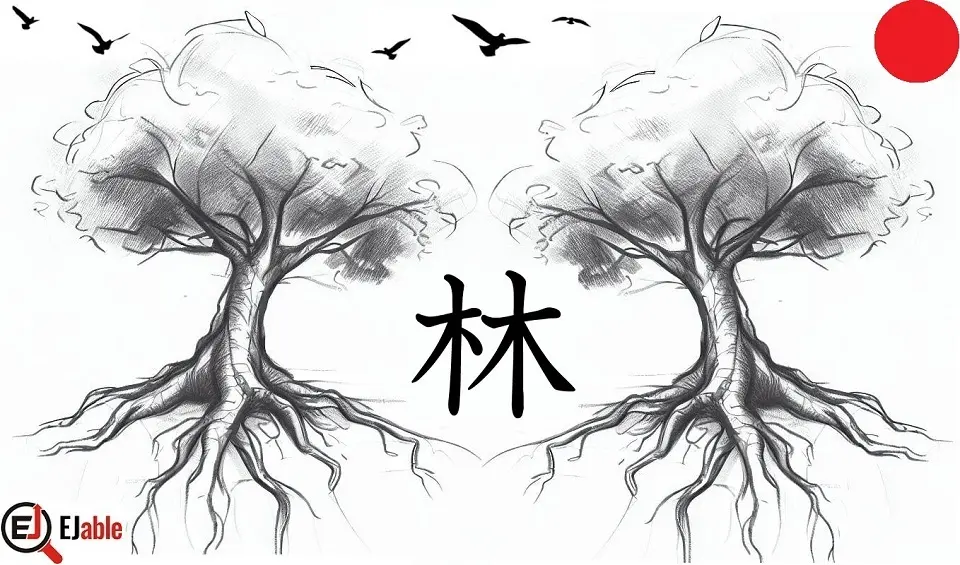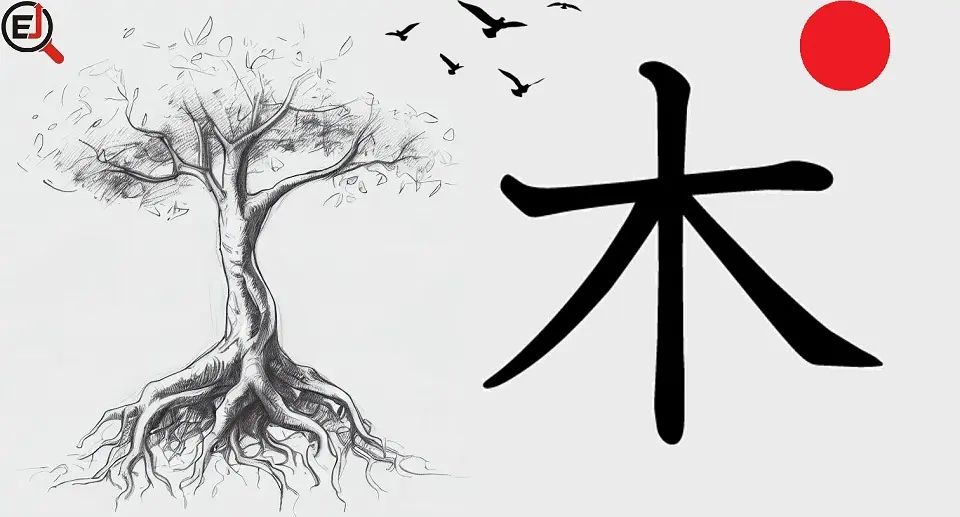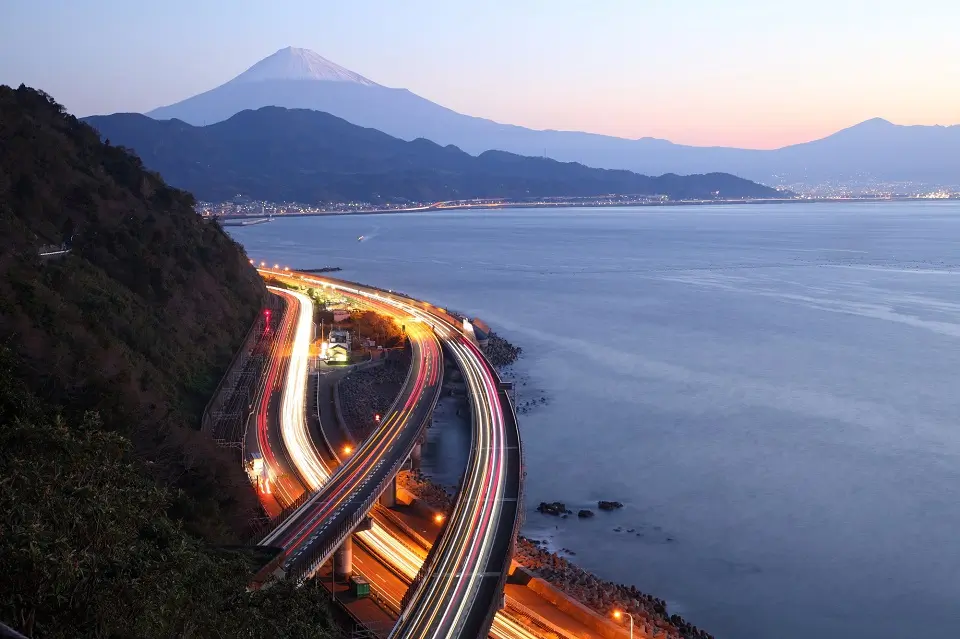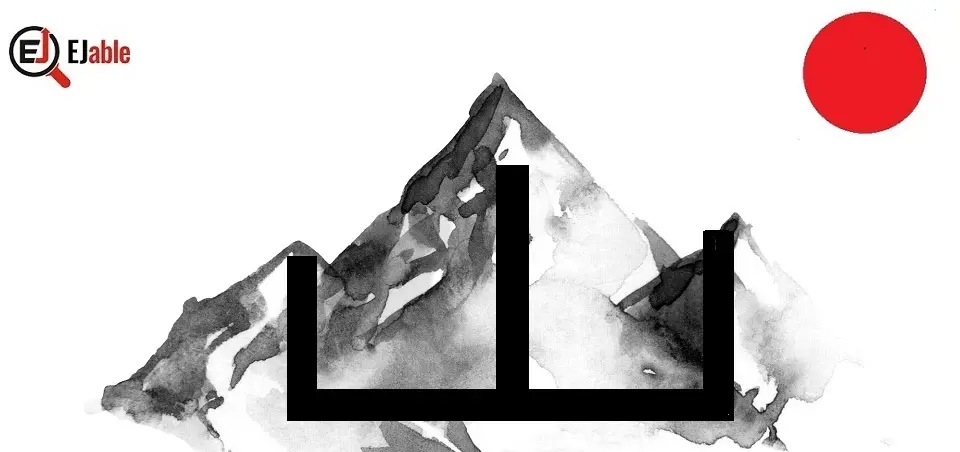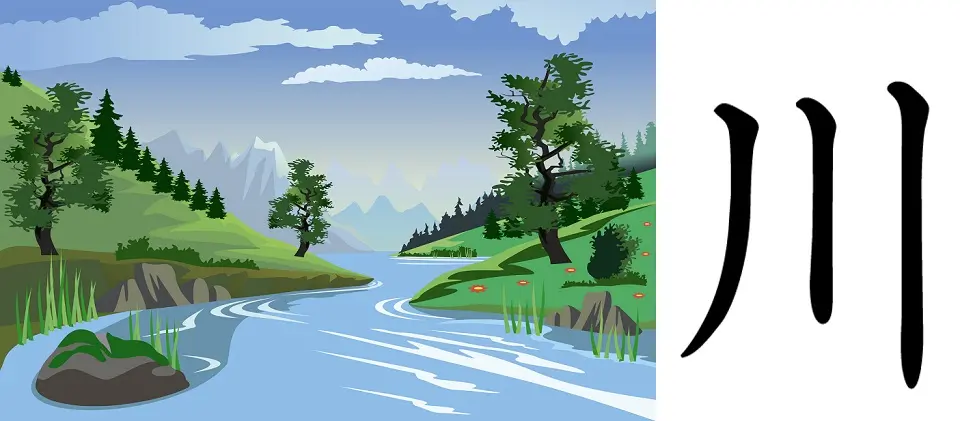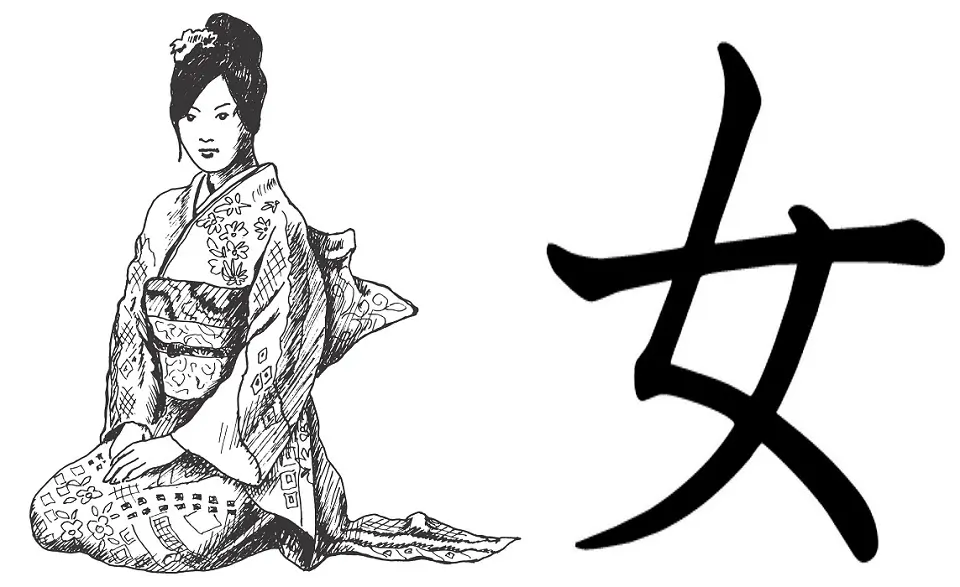Kanji for Big or Large (大, ō, Dai, or Tai)
The Japanese kanji for “big” or “large” is 大. The Kanji 大 is constructed with 3 strokes. It is part of the JLPT N5 syllabus (please check the JLPT N5 Kanji list). In Japanese schools, this Kanji is taught in grade 1. This article will discuss the origin of the Kanji for “Big” and easy ways to remember it. We
Continue reading
